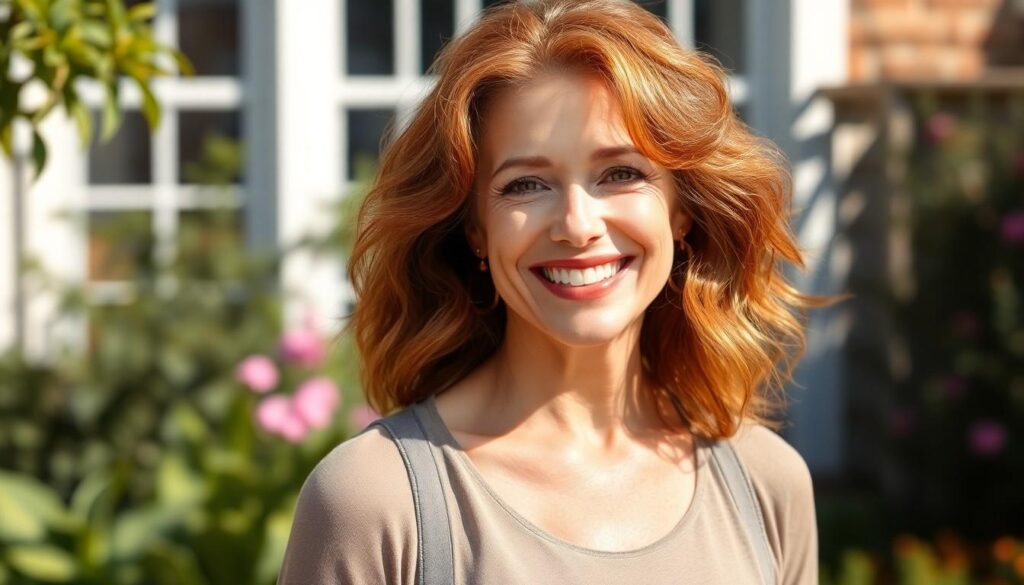Embracing vibrant, youthful hair colors after 50 isn’t just about covering grays—it’s about celebrating this exciting chapter of life with renewed confidence and style. The right hair color can brighten your complexion, complement your natural features, and literally take years off your appearance.
We’ve gathered the most flattering, age-defying hair color options that are specifically designed to enhance mature beauty. From subtle highlights to rich, dimensional shades, these color techniques work with—not against—changing skin tones and hair textures. Our comprehensive guide will help you discover which youthful hues can bring out your best features while maintaining that sophisticated elegance you’ve earned.
Why Hair Color Is a Game-Changer for Women Over 50
The psychological boost that comes from refreshing your hair color can’t be overstated for women over 50. Fresh color immediately lifts your spirits and enhances self-confidence, creating a positive ripple effect throughout your life. Many women report feeling years younger after a salon visit, with 78% noting an immediate improvement in their self-image according to a recent beauty industry survey.
Beyond the emotional benefits, strategic hair color works to physically enhance your features. Gray coverage is just the beginning—the right shade can illuminate your complexion, minimize signs of aging, and draw attention to your best features. Professional colorists specifically formulate techniques to add dimension that frames your face and creates the illusion of fuller, more vibrant hair.
Hair color also compensates for the natural changes that occur with mature hair. As we age, hair typically becomes finer, less dense, and loses natural pigment that once provided depth and dimension. Modern coloring products now include nourishing ingredients like keratin, biotin, and argan oil that improve hair quality while adding color. These treatments can restore luster to hair that has become dry or brittle, creating a healthier appearance overall.
Most importantly, updating your hair color signals to yourself and the industry that you’re embracing this life stage on your own terms. Choosing a youthful yet sophisticated shade demonstrates a willingness to evolve while honoring your authentic self. Celebrities like Helen Mirren, Jane Fonda, and Meryl Streep showcase how modern hair color can complement mature beauty while still appearing completely natural and age-appropriate.
Hair color has evolved beyond simple coverage to become a powerful tool for women over 50. Every stroke of color can enhance texture, create movement, and restore the multidimensional quality that younger hair naturally possesses. The transformation is far more profound than simply covering grays—it’s about reclaiming your signature look with modern techniques that work with your changing features.
Top 10 Youthful Hair Colors for Women Over 50
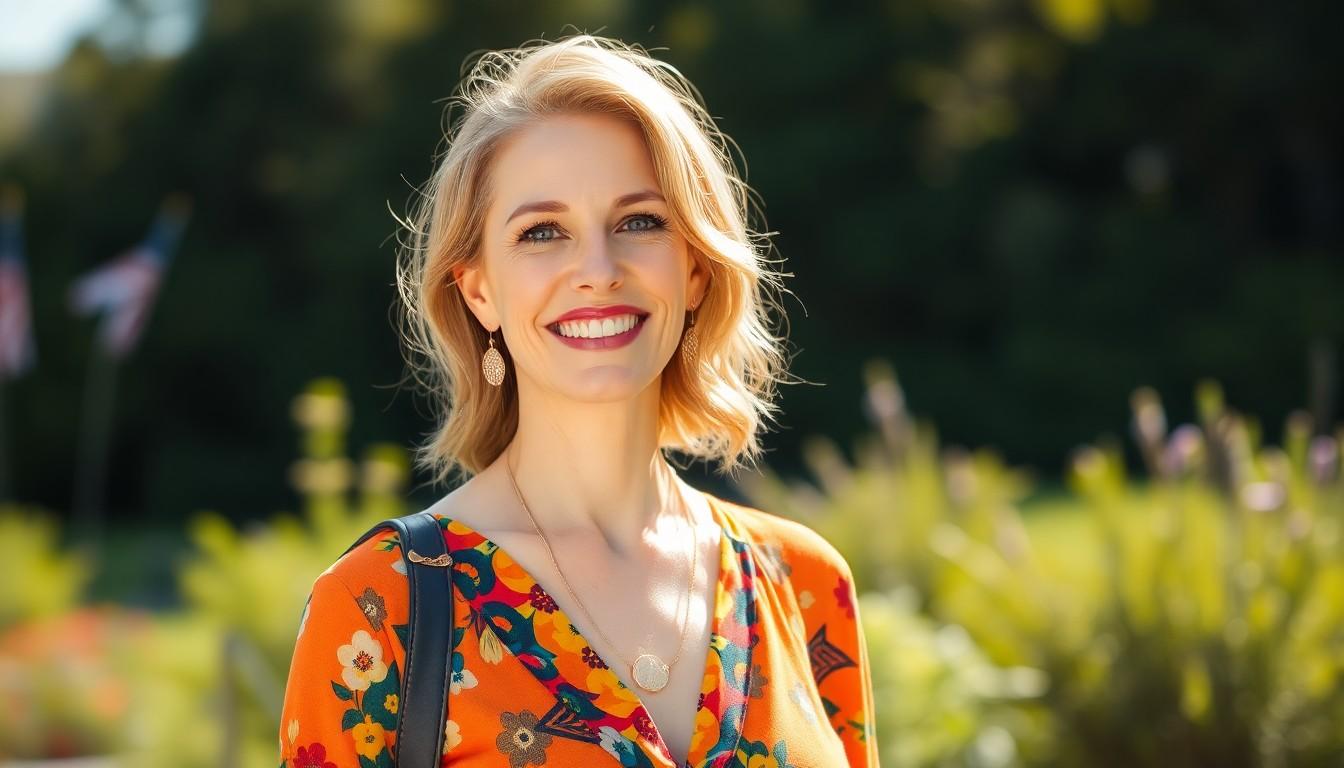
Finding the perfect hair color can transform your appearance and boost your confidence after 50. Here are the most flattering, age-defying hair color options that complement mature beauty while keeping your look fresh and vibrant.
Soft Caramel Highlights
Soft caramel highlights work wonders for adding dimension and warmth to your natural base color. These golden-brown tones create a sun-kissed effect that brightens the face and softens the appearance of fine lines. Many stylists recommend caramel highlights because they blend seamlessly with gray hairs, requiring less maintenance than all-over color. The multi-tonal effect brings movement and texture to thinning hair, making it appear fuller and more voluminous.
Rich Chocolate Brown
Rich chocolate brown delivers depth and sophistication while subtly masking gray hair. This luxurious shade ranges from medium to dark brown with warm undertones that complement most skin tones after 50. Women who choose chocolate brown often appreciate how it enhances eye color, particularly blue and green eyes. The depth of this color creates a beautiful contrast with aging skin, bringing radiance to the complexion without appearing harsh or severe.
Dimensional Honey Blonde
Dimensional honey blonde combines several blonde shades for a natural, sun-lightened effect that brightens your entire look. This multifaceted color approach incorporates darker roots with lighter ends, creating a low-maintenance grow-out that needs fewer touch-ups. Celebrity colorists frequently recommend honey blonde for women over 50 because it softens facial features while reflecting light onto the face. The varied tones provide excellent gray coverage while adding the appearance of thickness to fine hair.
Warm Auburn Tones
Warm auburn tones introduce vibrant energy to your look while complementing most eye colors and skin undertones. These coppery-red shades range from subtle to statement-making, allowing you to adjust the intensity to your comfort level. Stylists note that auburn colors reflect light beautifully, giving the hair a healthy shine that counteracts the dullness often associated with aging hair. The warmth in these shades brings a youthful flush to the complexion, awakening your entire appearance.
Subtle Silver Blending
Subtle silver blending embraces your natural gray while incorporating complementary tones for a modern, refined look. This technique incorporates pearly silver highlights with your existing color, creating a deliberate, sophisticated transition. Many women find this approach liberating as it requires minimal upkeep while still offering a polished, intentional appearance. The layered colors add remarkable dimension and texture to hair that might otherwise appear flat or lifeless.
Champagne Blonde
Champagne blonde offers a refined alternative to traditional platinum with its soft, warm undertones that flatter mature skin. This elegant shade combines pale blonde with subtle hints of gold and beige, creating a luminous effect around the face. Colorists recommend champagne blonde particularly for women with warm or neutral skin tones who want a lighter look without the harshness of cooler blondes. The dimensional quality of this color makes fine hair appear thicker while providing excellent coverage for gray.
Mahogany Red
Mahogany red provides rich, deep color with a touch of purple undertones that energizes your entire look. This sophisticated shade works particularly well for women with olive or deeper skin tones, bringing warmth and vibrancy to the complexion. Stylists often recommend mahogany for those wanting to make a statement while maintaining age-appropriate elegance. The depth of this color creates beautiful contrast with aging skin, drawing attention to your best features while minimizing the appearance of fine lines.
Butterscotch Balayage
Butterscotch balayage features hand-painted highlights in golden caramel tones that create natural-looking dimension. This technique places warmth strategically around the face, brightening your complexion without the harsh look of traditional foil highlights. Celebrity colorists favor butterscotch tones because they blend beautifully with graying hair, allowing for a more gradual grow-out process. The subtle contrast between your base color and these warm highlights adds movement and vitality to styles that might otherwise appear flat.
Smoky Brunette
Smoky brunette combines cool-toned brown with subtle ash highlights for a contemporary, sophisticated look. This multidimensional color features hints of gray and silver that blend naturally with existing gray hair, creating intentional elegance. Fashion editors praise smoky brunette for its modern edge that works beautifully with mature features while still appearing current. The cool undertones in this shade complement women with pink or neutral skin tones, neutralizing redness while improving natural beauty.
Platinum Pixie
Platinum pixie pairs an ultra-bright, cool blonde with shorter cuts that showcase confidence and style. This bold choice creates a striking frame for your features, drawing attention to your eyes and bone structure. Women who embrace platinum often report feeling more authentic and liberated by letting go of darker shades they may have maintained for decades. The brightness of this color requires professional maintenance but rewards you with an unmistakable luminosity that lights up your entire appearance.
How to Choose the Most Flattering Hair Color for Your Skin Tone
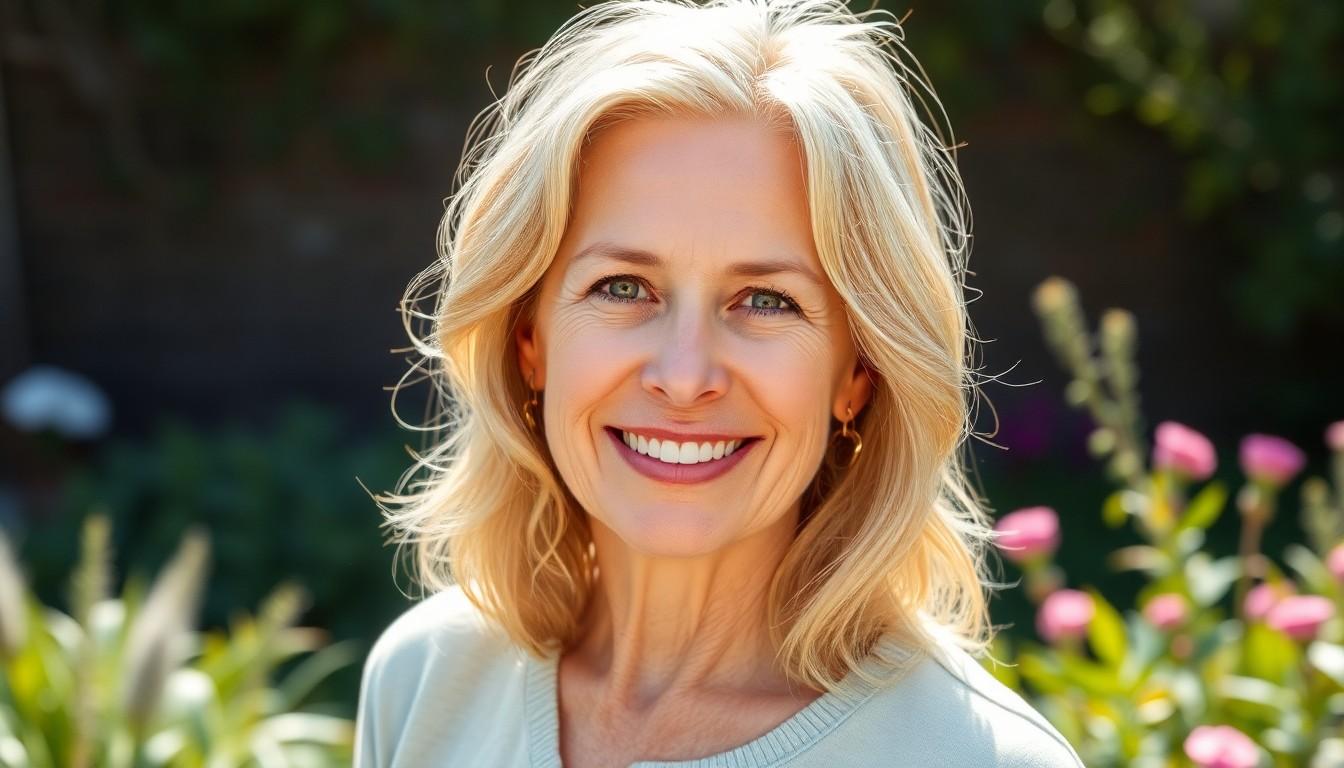
Finding your perfect hair color starts with understanding your skin’s undertones. Your natural coloring provides essential clues about which shades will enhance your features and create a youthful, radiant appearance.
For Warm Undertones
Women with warm undertones display golden, peachy, or yellow hints in their skin. Identifying warm undertones is straightforward – check if gold jewelry looks better on you than silver or if your veins appear greenish through your skin. Hair colors that complement warm undertones include honey blonde, copper, golden brown, and rich caramel. These warm-toned shades create harmony with your natural coloring, improving your complexion rather than fighting against it. Avoid ash tones, platinum blonde, or cool blues, as these can make warm-toned skin appear sallow or tired. Celebrities like Jane Seymour showcase how golden highlights beautifully enhance warm undertones, creating a luminous effect that brightens the face.
For Cool Undertones
Cool undertones present as pink, red, or bluish hues in the skin. You likely have cool undertones if silver jewelry flatters you more than gold or if your veins appear blue or purple. Selecting cool-toned hair colors such as ash blonde, platinum, cool brown, or burgundy will complement your skin perfectly. These shades create a striking contrast that emphasizes your natural coloring while providing a sophisticated, age-defying effect. Steer clear of orange-based colors, yellow blondes, or copper reds, which can clash with cool skin tones and emphasize redness. Helen Mirren demonstrates the stunning impact of cool platinum shades against cool undertones, creating an elegant, cohesive look that flatters her complexion.
For Neutral Undertones
Neutral undertones blend both warm and cool characteristics, offering the most versatility for hair color choices. People with neutral undertones often tan easily and look equally good in both gold and silver jewelry. Your hair color options are particularly extensive – from rich chocolate browns to dimensional blonde blends and versatile auburn shades. Multidimensional colors work exceptionally well for neutral undertones, combining both warm and cool highlights to create depth and movement. Focus on creating contrast between your hair color and skin tone to avoid a washed-out appearance. Meryl Streep exemplifies this versatility with her multidimensional blonde shades that incorporate both warm and cool tones, creating a natural-looking result that enhances her features without overwhelming them.
Hair Coloring Techniques That Create a More Youthful Appearance
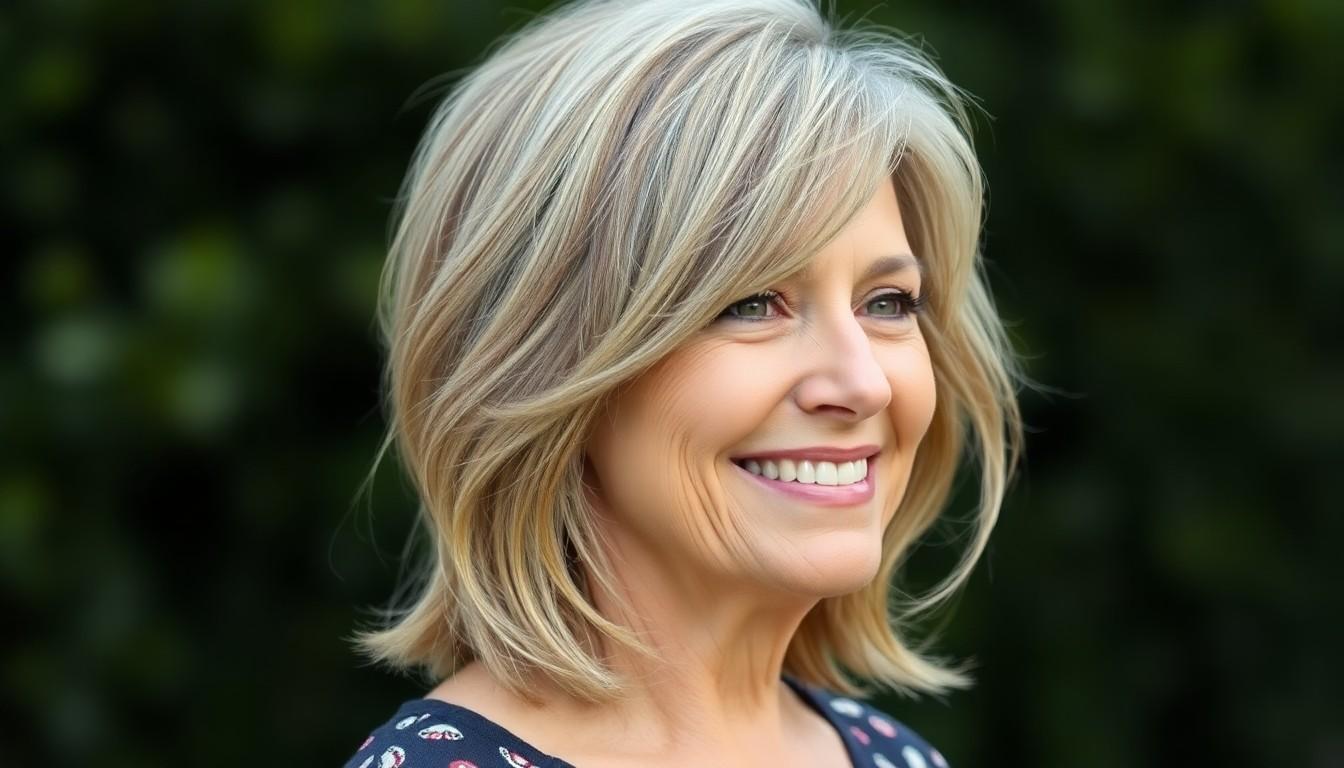
Modern coloring techniques offer far more sophisticated options than the all-over dyes of the past. These advanced methods can strategically enhance your features while creating natural-looking dimension that instantly takes years off your appearance.
Balayage vs. Traditional Highlights
Balayage provides a more youthful effect than traditional foil highlights for women over 50. This French technique involves hand-painting color onto the hair surface, creating a sun-kissed, graduated effect that grows out seamlessly without harsh regrowth lines. Traditional highlights, applied using foils, create more uniform streaks that require more frequent touch-ups every 4-6 weeks. Balayage’s softer grow-out phase means fewer salon visits—typically only needed every 8-12 weeks—making it both time and cost-effective. The customizable nature of balayage allows colorists to place lighter pieces precisely where they’ll brighten your complexion most effectively, such as around the face or at the ends where natural sun would hit. Many clients report that balayage creates more natural-looking dimension that mimics the multi-tonal hair of youth.
Face-Framing Techniques
Face-framing highlights strategically brighten the hair closest to your face for an instant lifting effect. This technique places lighter shades around the hairline and temples—areas that naturally draw attention to your eyes and cheekbones. Colorists typically make these front sections 1-2 shades lighter than your base color to create a subtle but effective brightening halo. The technique works excellently with any hair length or base color, whether adding golden ribbons to brunette hair or platinum accents to blonde shades. Face-framing color requires minimal maintenance since it involves fewer highlighted strands than full-head techniques. Studies show that light reflection around the face minimizes the appearance of fine lines and wrinkles by drawing attention away from problem areas. Celebrities like Sandra Bullock and Julianne Moore frequently use this technique to enhance their features without committing to overall lighter hair.
Root Shadowing Methods
Root shadowing creates depth at the hair roots while maintaining lighter ends for a contemporary, dimensional look. This technique intentionally keeps the roots darker than the mid-lengths and ends, mimicking the natural way hair appears in youth with deeper color near the scalp. By applying a shade closer to your natural base at the roots, you’ll achieve a low-maintenance grow-out that requires touch-ups only every 8-10 weeks instead of the typical 4-week cycle. The gradual transition from darker roots to lighter ends creates vertical lines that visually elongate the face and provide a subtle lifting effect. Root shadowing works particularly well for women transitioning from darker colors to blonde shades without the harsh line of demarcation during grow-out. The technique adds necessary depth that prevents the flat, one-dimensional appearance that can make hair look artificial and aging. Many colorists combine root shadowing with balayage or face-framing techniques for a comprehensive approach to youthful, dimensional color.
Maintaining Your Youthful Hair Color at Home
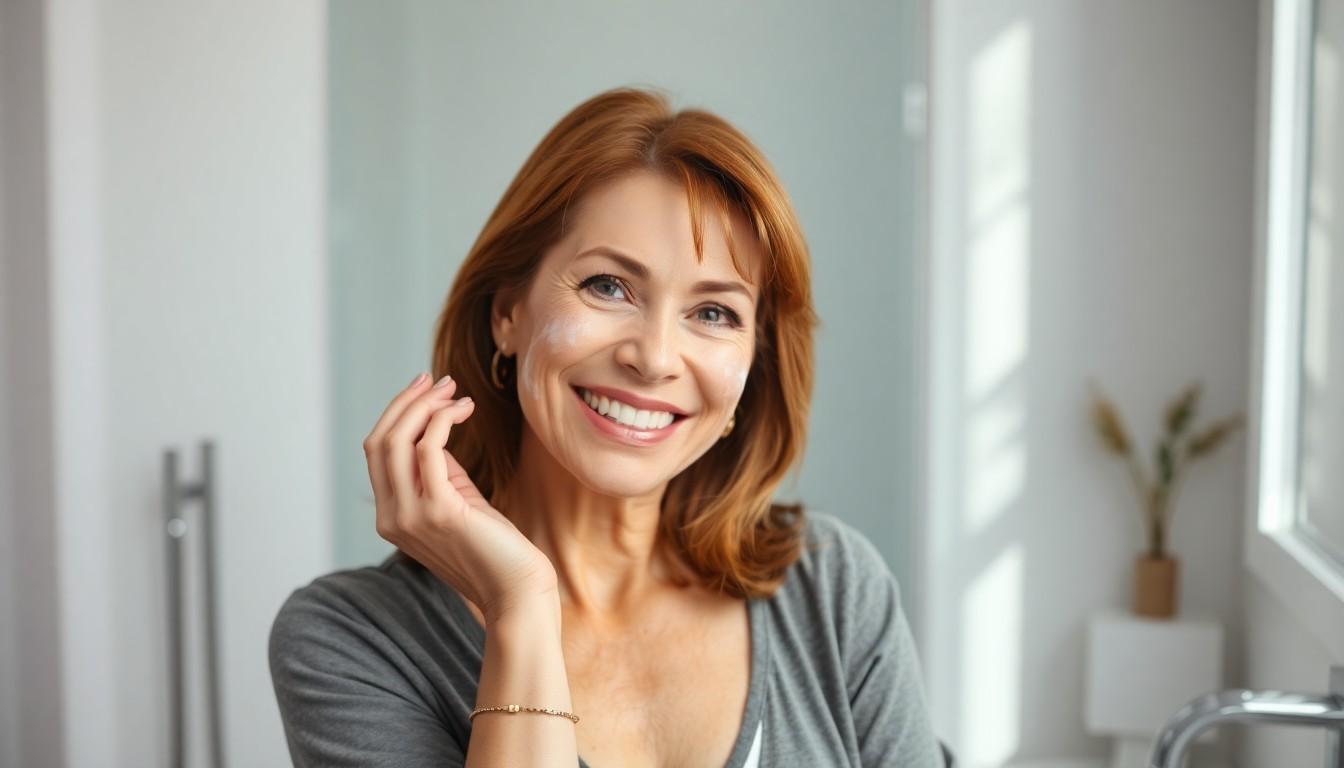
Once you’ve found your perfect youthful hair color, keeping it vibrant between salon visits is essential for maintaining that age-defying look. With the right products and techniques, you can extend the life of your color investment and keep your hair looking its best.
Product Recommendations
Color-preserving shampoos and conditioners are absolutely essential for maintaining vibrant hair color at home. Look for sulfate-free formulations like Pureology Hydrate or Oribe Color Maintenance, which clean without stripping away precious pigment. Weekly color-depositing masks such as Moroccanoil Color Depositing Mask or Kerastase Reflection Masque Chromatique can refresh your shade and add remarkable shine between salon visits.
Heat protectants deserve a special place in your routine, as heat styling can significantly fade color—try Living Proof Restore Instant Protection or Color Wow Dream Coat to shield your strands. Invest in leave-in treatments with UV protection like Aveda Color Conserve Daily Color Protect or Bumble and Bumble Invisible Oil to guard against sun damage, which particularly affects blonde and red shades. Professional-grade glosses such as dpHUE Gloss+ or Madison Reed Color Reviving Gloss can boost shine and refresh your color when it starts appearing dull.
Touch-Up Strategies
Root touch-up products offer a lifesaving solution between salon appointments—try Color Wow Root Cover Up powder or L’Oréal Magic Root Cover Up spray for instant gray coverage that washes out with shampoo. Scheduling mini touch-up appointments every 3-4 weeks instead of full color sessions can maintain your look while reducing damage and expense. DIY color refreshing rinses using apple cider vinegar (1 tablespoon in 2 cups of water) help remove product buildup that dulls color and restores natural shine.
Strategic styling choices can cleverly disguise growing roots—try creating a zigzag part instead of a straight one to minimize the visible line of demarcation. Temporary color depositing conditioners provide a gentler alternative to permanent dyes—brands like Overtone and Keracolor offer conditioning treatments that refresh your color while nourishing your hair. Extending your color with lowlights rather than all-over dye creates dimension while requiring less maintenance, as the grow-out appears more natural and less obvious.
When to Consult a Professional Colorist
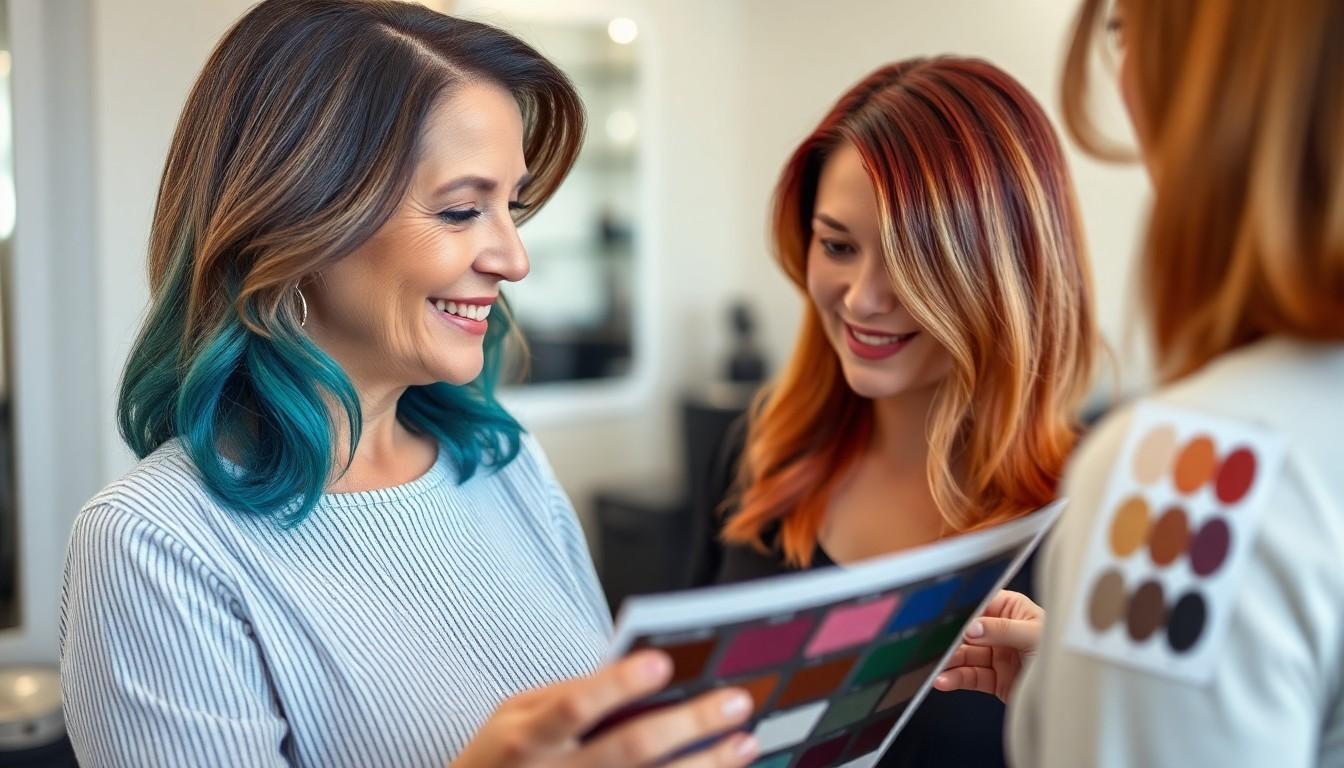
While DIY hair color kits can be tempting, certain situations call for professional expertise. Recognizing when to visit a salon can save you from potential color disasters and ensure you achieve the youthful look you desire. Here are key scenarios when booking an appointment with a professional colorist is your best option:
Making Dramatic Color Changes
Important color transformations require professional skill and experience. Moving from dark brown to blonde or completely changing your color family (like brunette to red) involves multiple technical steps that professionals are trained to execute safely. These major shifts often need pre-lightening treatments and custom color formulations that simply aren’t available in box dyes.
Dealing with Resistant Gray Hair
Stubborn gray hair often requires specialized processing techniques. Gray strands have different porosity and texture than pigmented hair, making them notoriously resistant to color absorption. Professional colorists have access to premium products specifically designed to penetrate resistant gray hair, providing more reliable and longer-lasting coverage than typical at-home options.
Addressing Damaged or Over-Processed Hair
Hair that’s already damaged from heat styling, previous chemical treatments, or environmental factors needs special attention. Professional colorists can evaluate your hair’s condition and select gentle formulations that minimize further damage. Many salons also offer bond-building treatments like Olaplex that can be incorporated into the coloring process to repair and protect fragile strands simultaneously.
Creating Dimensional, Multi-Tonal Color
Achieving natural-looking, dimensional color with highlights, lowlights, or balayage requires technical skill and artistic vision. These techniques involve strategic placement of multiple shades to create depth and movement that flatters your features. Professional colorists understand how to position these elements to brighten your face, enhance your eye color, and create the illusion of fuller, more youthful hair.
Color Correction Situations
Fixing a home color job gone wrong is definitely professional territory. Whether you’re dealing with brassy tones, patchy application, or an unflattering shade, color correction requires comprehensive knowledge of color theory and specialized techniques. Professional colorists can assess the situation and develop a custom plan to gradually restore your hair to a more flattering, natural-looking color.
When Seeking Low-Maintenance Options
Professional colorists can recommend and execute coloring techniques that grow out gracefully and require less frequent touch-ups. Techniques like shadow roots, soft balayage, or strategic placement of highlights can blend with your natural color (including grays) for extended wearability and reduced maintenance, eventually saving you time and money in the long run.
Conclusion: Embracing Your Best Hair Color at Any Age
Choosing the perfect hair color after 50 isn’t just about covering gray—it’s about celebrating your unique beauty with confidence. We’ve shared how strategic color choices can illuminate your complexion while complementing your natural features.
From soft caramel highlights to platinum pixies these youthful options offer more than aesthetic appeal—they provide a genuine confidence boost that resonates far beyond your appearance.
Remember that understanding your skin undertones paired with professional expertise creates the most flattering results. With proper home maintenance and occasional salon visits you’ll enjoy vibrant dimensional color that enhances your natural beauty.
The right hair color isn’t about looking younger—it’s about looking like your most radiant authentic self at every age. Your perfect shade awaits!
Frequently Asked Questions
At what age should women consider refreshing their hair color?
There’s no specific age requirement – it’s about personal choice. However, the article focuses on women over 50, as this is when many experience significant gray hair and changes in skin tone and hair texture. Refreshing your hair color can enhance your natural features and boost confidence at any age, but especially during these transitions.
What hair colors are most flattering for women over 50?
The most flattering options include soft caramel highlights, rich chocolate brown, dimensional honey blonde, warm auburn, subtle silver blending, champagne blonde, mahogany red, butterscotch balayage, smoky brunette, and platinum pixie. The ideal choice depends on your skin tone, personal style, and maintenance preferences. These colors add warmth, dimension, and vibrancy while complementing mature beauty.
How do I choose the right hair color for my skin tone?
First, determine if you have warm, cool, or neutral undertones. For warm undertones, select honey blonde or rich caramel shades. Cool undertones pair well with ash blonde and burgundy colors. Neutral undertones offer the most versatility, from chocolate browns to multidimensional blonde blends. The right color will enhance your complexion and create a cohesive, youthful look.
What’s the difference between balayage and traditional highlights?
Balayage is a freehand painting technique that creates a more natural, sun-kissed effect with softer regrowth lines, requiring less maintenance. Traditional highlights use foils to create more uniform, precise stripes of color that often need more frequent touch-ups. For women over 50, balayage typically offers a more modern, lower-maintenance option that grows out more gracefully.
How can I maintain my hair color between salon visits?
Use color-preserving, sulfate-free shampoos and conditioners. Incorporate weekly color-depositing masks matched to your shade. Always apply heat protectant before styling. Consider root cover-up products for quick touch-ups. Wash with cool water and limit washing frequency to prevent color fade. Schedule mini touch-up appointments for roots only to extend the life of your full color service.
When should I consult a professional colorist instead of DIY?
Seek professional help for dramatic color changes (more than two shades), resistant gray coverage, damaged or over-processed hair, creating dimensional color effects (like balayage or highlighting), and color correction situations. A professional colorist has the expertise to execute complex techniques that blend seamlessly with your natural hair while maintaining its health and vibrancy.
Can changing my hair color actually make me look younger?
Yes, strategic hair color can illuminate your complexion, minimize signs of aging, and draw attention to your best features. The right color adds dimension to thinning hair, softens harsh features, and brightens the face. Modern coloring products with nourishing ingredients can also improve hair quality and restore luster to aging hair, contributing to an overall more youthful appearance.
Is it possible to embrace gray hair and still look youthful?
Absolutely! Subtle silver blending is one of the recommended youthful options. Modern techniques like platinum pixie cuts or silver balayage can help you embrace your natural gray while maintaining a stylish, contemporary look. The key is incorporating dimension and strategic placement of lighter tones around the face to brighten your complexion and enhance your features.

